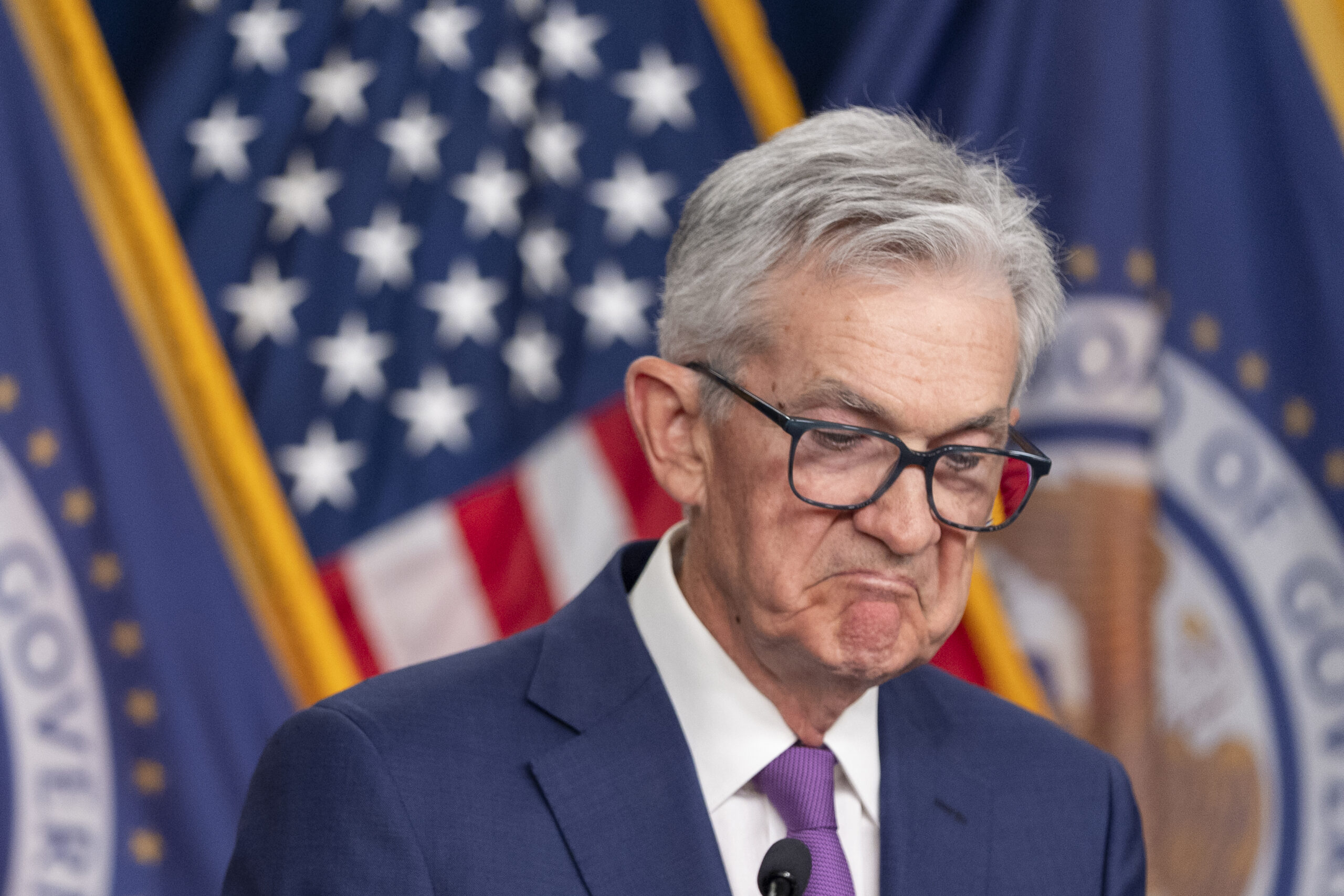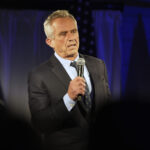

The rising odds that the Federal Reserve might not cut interest rates at all this year has major implications for the coming elections, especially in terms of imperiling President Joe Biden’s quest for a second term.
Just four months ago, investors were pricing in up to six interest rate cuts from the Fed in 2024, with most expecting that the first cut would have already happened by now. But inflation has proved more stubborn than thought, and now the expected timing for those cuts is being dramatically pushed back, with some expecting just one small decrease and others seeing a possibility that the central bank will not lower its target rate at all this year.
Why might there be no rate cuts?
The higher interest rates are a result of years of too-high inflation. The rate of inflation began to spike in early 2021 and peaked at over 9% in 2022. Since then, it has largely been falling as a result of the higher interest rates, although this year, it has proven stickier than anticipated — not only bad news for the economy and consumers but bad news politically for Biden.
Inflation, as gauged by the consumer price index, has wobbled between 3% and 3.7% since June 2023 but has not once fallen into the 2%-3% range.
Higher interest rates are designed to squelch demand and thus cause prices to fall. So if inflation keeps coming in more than a percentage point higher than the Fed’s preferred 2% rate or does not show progress on moving there, presumably the Fed would not cut interest rates.
The markets are implying a rising likelihood of no cuts.
Investors as of Friday were pricing in a probability of just about 1 in 10 that the Fed will not cut rates by the end of the year, according to the CME Group’s FedWatch tool, which calculates the probability using futures contract prices for rates in the short-term market targeted by the Fed. There are about 1 in 4 odds that rates won’t be cut until the Fed’s November meeting, which convenes the day after the election.
Bank of America is now projecting that because of the stickier inflation, there will only be one cut this year, and it won’t come until the very end of 2024.
“We now expect the Fed to start cutting rates in December,” researchers said in a note. “We no longer think policymakers will gain the confidence they need to start cutting in June.”
What it means for the elections
The no-rate-hike scenario is one in which inflation is not yet under control, which Republicans would use to attack Biden. The hotter consumer price index report this week caused markets to sour and was a setback for the Biden campaign’s messaging on inflation starting to decline.
“This was easily the worst news he’s had in a really long time,” Alex Conant, a GOP strategist and a partner at Firehouse Strategies, said of Biden. “And I think it’s because the high inflation numbers mean it’s far less likely that we’ll see rate cuts this year, which is one of the ways people gauge the health of the economy.”
Conant told the Washington Examiner he fully expects Trump will promise voters lower interest rates if he is elected president, even though interest rates aren’t really in the hands of the president.
The higher interest rates, like inflation, are also hurting Biden because they are putting major consumer purchases, such as houses, cars, and appliances, out of reach for many families.
There has historically been a firewall between presidential administrations and the Fed, but Trump has sought to breach it before. While in office, Trump criticized Fed policy, blasting the central bank for raising interest rates too quickly. It was reported Trump had private discussions about firing Powell, although Powell said at the time he didn’t believe that Trump had the authority to fire him.
In 2019, Trump notoriously wrote that his “only question is, who is our biggest enemy,” Powell or Chinese leader Xi Jinping.
Peter Loge, director of the George Washington University School of Media and Public Affairs, said that the hotter reports are an unwelcome development for a sitting president, particularly in a reelection year.
“High inflation is never good news for an incumbent president, you know, you want prices coming down and jobs going up,” he told the Washington Examiner. “So, it of course makes President Biden’s campaign a little trickier than it otherwise might be.”
Loge pointed out that voters can’t as tangibly feel the broader macroeconomic trends but do feel inflation first hand when going about their everyday lives.
“You know, people don’t experience the economy; we buy groceries and gas. And when groceries and gas cost more, we’re not thinking about macroeconomic forces or shaking our fists at the Fed; we’re thinking holy cow this costs more. And that’s bad news for elected officials, for incumbents,” he added.
Loge said that voters’ minds will be more focused on consumer prices than on the exact level of interest rates.
CLICK HERE TO READ MORE FROM THE WASHINGTON EXAMINER
Also, while inflation has been running lower than its peak, the compounded effects of years of inflation under Biden might also stand out to voters.
For instance, since the month Biden entered office, electricity prices have soared by more than 29%, the price of piped gas has risen nearly 30%, Meats, poultry, fish, and eggs are up 21.4%, while fruits and vegetables now cost 14.4% more than January 2021.







